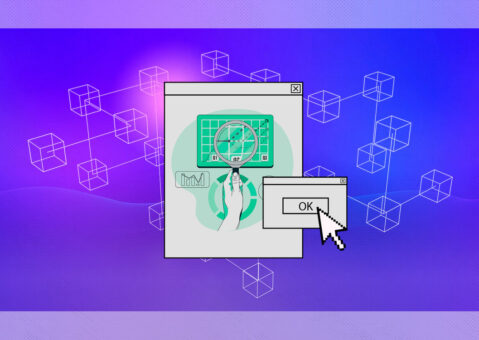In recent years, the growing need for worldwide coordination has generated public interest concerning the governance of global commons. Can novel technologies, such as blockchain, play a role in this area?
Building on Commons-Based Peer Production (CBPP) literature, the article Analysis of the Potentials of Blockchain for the Governance of Global Digital Commons by David Rozas, Ámbar Tenorio, and Samer Hassan, investigates the potentialities of blockchain for the management of global digital commons. Examples of these global digital commons are those generated and maintained by the Wikimedia Foundation or by large Free/Libre Open Source Software (FLOSS) communities.
Commons Governance and Commons-Based Peer Production
Ostrom’s work proposed eight principles for successful commons governance. For example, establishing clear community boundaries, having participatory and inclusive decision-making, and providing arenas for conflict resolution. These principles continue to serve as a source of inspiration in the face of new global issues.
The term “commons-based peer production” (CBPP) refers to a growing paradigm of socioeconomic production in which people collaborate to develop resources shared as commons without relying on traditional hierarchical structures. Wikipedia (a project to create a free encyclopedia) and FLOSS projects (such as the GNU/Linux operating system) are well-known examples of this phenomenon. Other examples are the web server Apache, the content management system Drupal, the browser Firefox, or OpenStreetMap (a project to create free maps of the World collaboratively).

Blockchain and global digital commons
Blockchain technology has attracted attention since its introduction with the proposal of Bitcoin (the first digital currency distributed) in an anonymous article published in 2008 under the pseudonym of Satoshi Nakamoto. It has attracted particular attention because of its capacity to apply unique attributes at the infrastructure level in a completely decentralised manner. What could be the role of blockchain in supporting commons governance concerning global digital commons?
To tackle this question, the analysis carried out in this article draws, first of all, on the work of Stern (2011), which identified a set of differences between the forms of commons – typically local – explored by Ostrom and, overall, global commons. In order to incorporate this into the narrower domain of global digital commons, Stern’s work was contextualised within this specific scope (see Table 1). From this framework, P2P Models researchers carried out an analysis of the potentialities of blockchain for the governance of CBPP communities managing global digital commons.

Drawing on the six affordances of blockchain for commons governance identified in previous work by P2PModels, this article incorporates these within the narrower context of global digital commons. Table 2 below provides a summary of the analysis. The article structures the analysis around Ostrom’s eight principles, providing several examples of existing practices for them.

Overall, when examining the challenges of managing global digital commons, the article concludes that the role of blockchain is particularly relevant to experimenting with initiatives that address the scaling up of governance and the definition of collective choice agreements under such heterogeneous settings.
You can read the full version of the article, published in the special issue of Frontiers in Blockchain “Blockchain for the Global Commons”, at frontiersin.org (open access).
AUTHOR

Antonio De La Iglesia
Communication
[icon name=”linkedin” class=”” unprefixed_class=””][icon name=”globe” class=”” unprefixed_class=””]
Authorship is by Antonio De La Iglesia, but this content has been made thanks to the whole P2P Models team ![]()
Designs are by Elena Martinez
Review by Elena Martinez
Copy editing by Tabitha Whittall
Samer Hassan and Genoveva López makes everything possible





